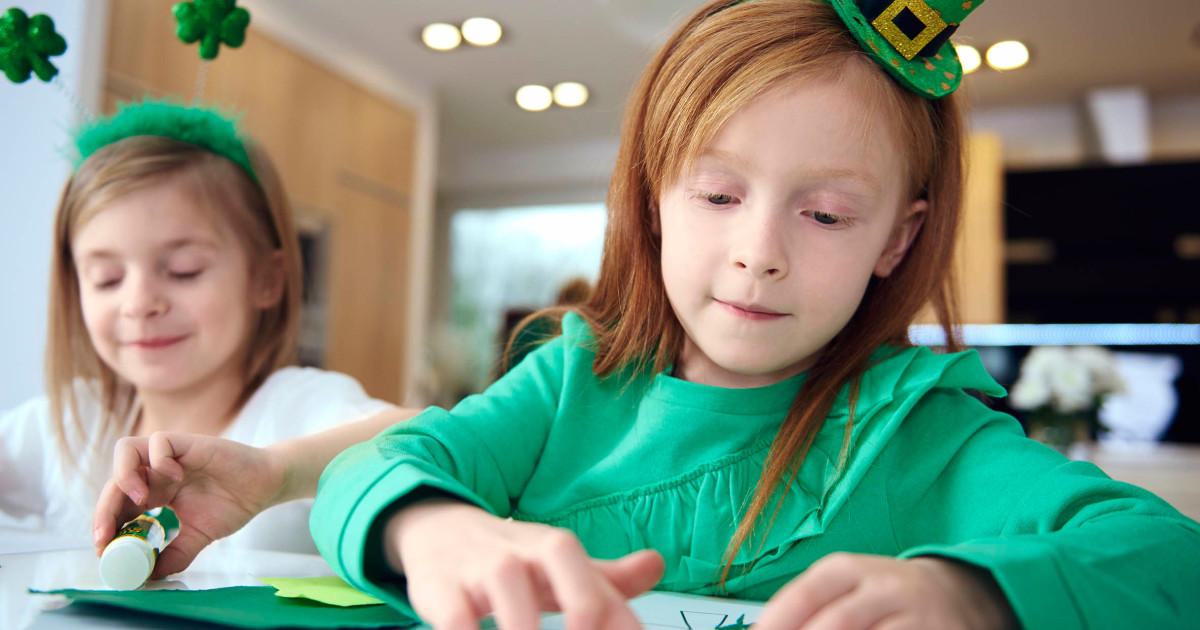By Deepti Hajela -
The Associated Press
If it's March and it's green, it must be St. Patrick's Day.
The date on which the patron saint of Ireland is commemorated is a day of global celebration of Irish heritage.
And nowhere is it celebrated more than in the United States, where parades are held in different cities across the country and all kinds of food and drinks are painted emerald green.
In fact, it was among the Irish-American communities that the celebration became what it is, after in its beginnings in Ireland it was a more solemn day of religious commemoration.
But even in the United States, it was more than a chance to paint a river green (as happens in Chicago, for example) or pull out your favorite item of clothing:
it was a chance to put down roots and claim a date on the country's calendar.
A bagpiper marches down Fifth Avenue during the St. Patrick's Day parade this Saturday, March 16, 2024 in New York City. Andres Kudacki / AP
Who is Saint Patrick and why is there a day in his honor?
Patrick was not actually Irish, according to experts.
Born in the late 4th century, he was captured as a teenager and ended up as a slave in Ireland.
He fled to another part of Europe where he trained as a priest and returned to Ireland in the 5th century to promote the spread of Christianity.
Several centuries later, the Catholic Church named him a saint and, like others, has a day in his honor: March 17.
He became the patron saint of Ireland, and even when religious strife broke out between Catholics and Protestants, he was claimed by both, said Mike Cronin, a historian and academic director of Boston College in Dublin.
Why did it become so popular in the United States?
The short answer: the Irish who came to America brought their culture with them.
Celebrations for St. Patrick date back even before the founding of the United States in places like Boston and New York City.
The first parade was held in Manhattan in 1762.
[St. Patrick's Parade becomes one of the largest and most popular in New York]
While the day was celebrated with a more solemn and religious framework in Ireland until the 20th century,
in the United States it became the cultural and boisterous celebration that it is today
, marked by the presence of many people without a trace of Irish heritage.
Ava Impell, 11, of Pittsburgh, watched the St. Patrick's Day parade this Saturday, March 16, 2024, in Chicago. Erin Hooley / AP
When the Irish saw how the day was celebrated in the United States, it became a holiday in Ireland, rather than a religious commemoration, Cronin said.
Which motivated the parades, parties and celebrations that take place.
Oh, and by the way, for those who like to shorten names: use St. Paddy's Day, not St. Patrick's Day.
Paddy is a nickname for Pádraig, which is the Irish spelling of Patrick.
Why is it so important to celebrate these holidays?
Parties like these aren't just days to watch bands come by or wear a specific outfit or costume.
[This is how Chicago and Philadelphia celebrate St. Patrick's Day]
Being able to mark a holiday and have others mark it is a way to “put down roots, show that you've made it in American culture,” says Leigh Schmidt, a professor at the Danforth Center for Religion and Politics at the University of Washington.
“You have vindicated yourself in the American calendar, in American civic life, by making these holidays widely recognized.”
Attendees of the St. Patrick's Day parade this Saturday, March 16, 2024 in New York City. Andres Kudacki / AP
The spread of St. Patrick's Day celebrations in the United States was a way for Irish immigrant communities, which faced discrimination and opposition in the 19th century, to defend that ground, Schmidt says: “It's like the Irish immigrant way to combat nativist antagonism against them.”
And why four-leaf clovers?
A popular symbol during the holiday is the three-leaf clover, linked to Ireland and St. Patrick.
The luckiest ones, however, stumble upon something harder to find: a four-leaf clover.
That's because a recessive trait or traits are needed in clover genetics for it to produce more than the normal three leaves, says Vincent Pennetti, a doctoral student in the College of Agricultural and Environmental Sciences at the University of Georgia, who He has been fascinated by plants since high school.
Four-leaf clovers “are real.
They are rare,” he states.
The shamrock is one of the symbols of the Irish holiday of Saint Patrick. Eric Risberg / AP
That doesn't mean they can't be found.
People just have to keep their eyes open and “get really good at noticing patterns and breaks in patterns, and they just start jumping out at you,” she says.
Katie Glerum has found them.
The 35-year-old New York City resident says it's not unusual to see one in places like Central Park.
She usually picks it up and often gives it to someone else, getting a positive response.
“If it happened every day, I would probably feel less excited,” she says.
“But yeah, when it happens, it's exciting.”

